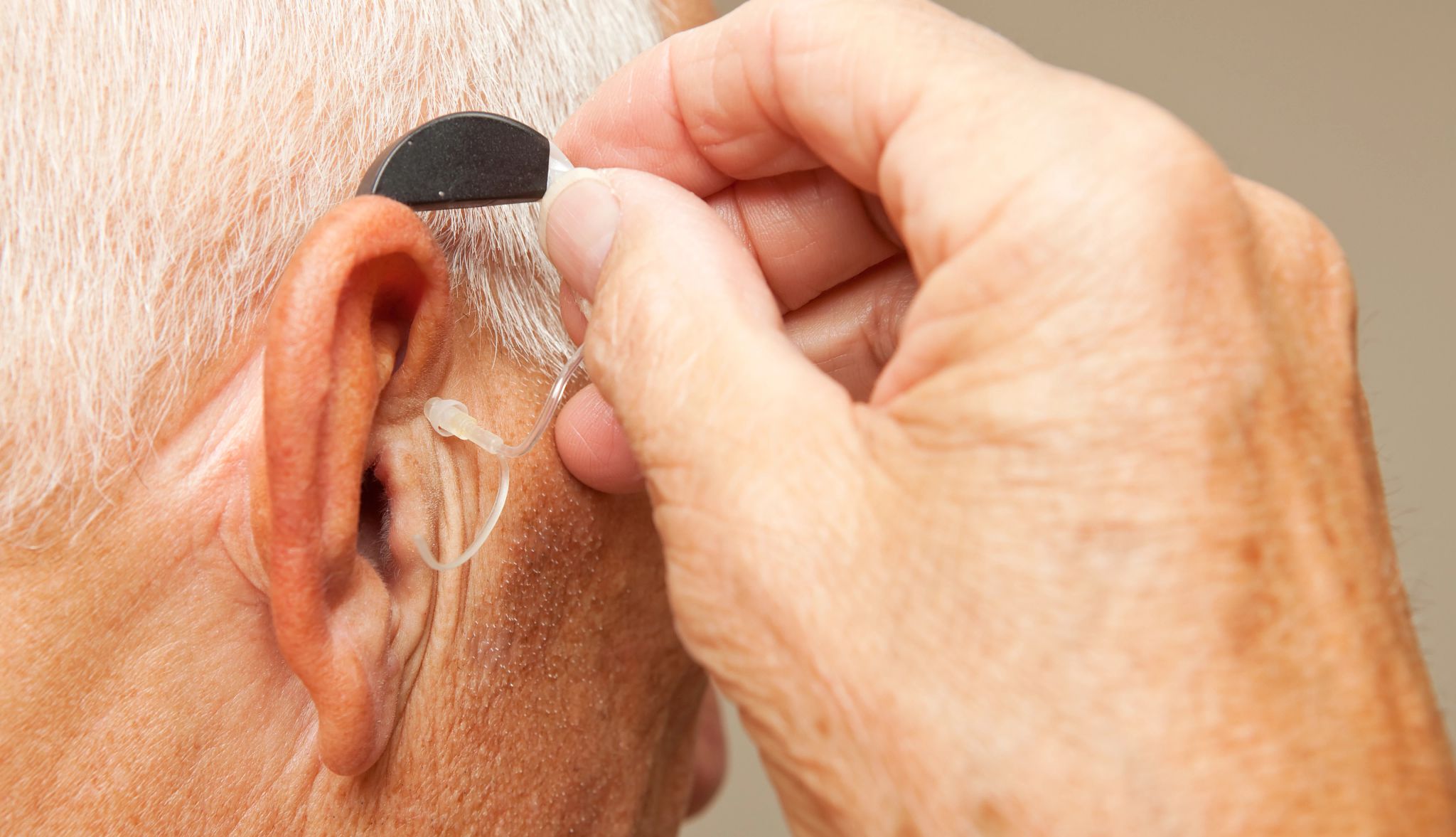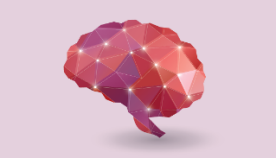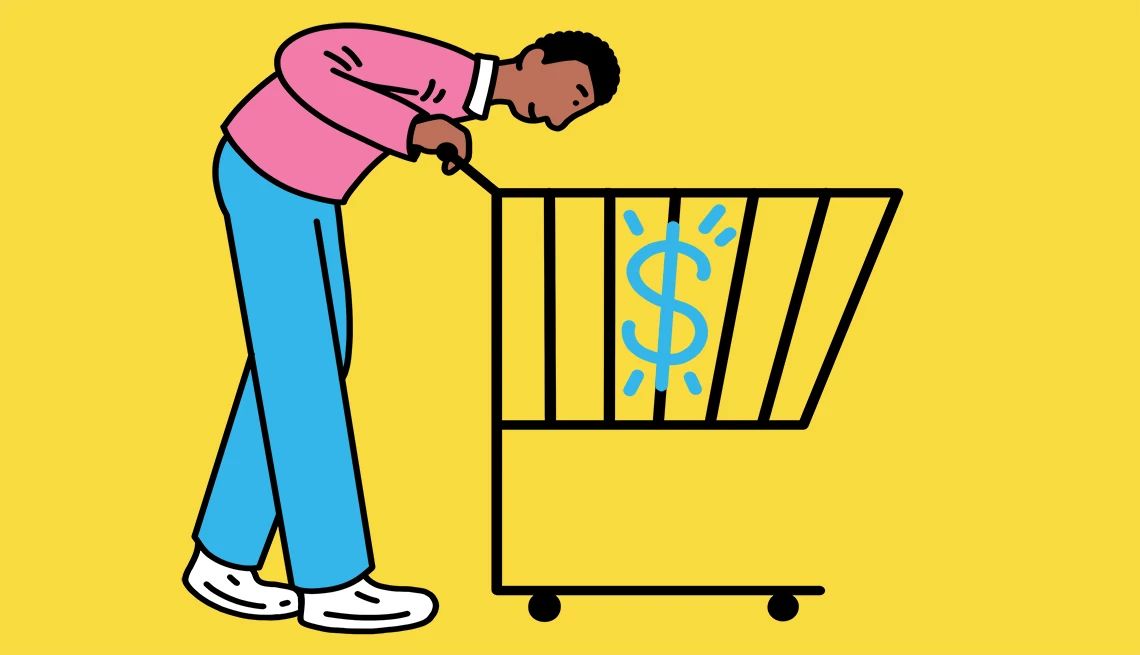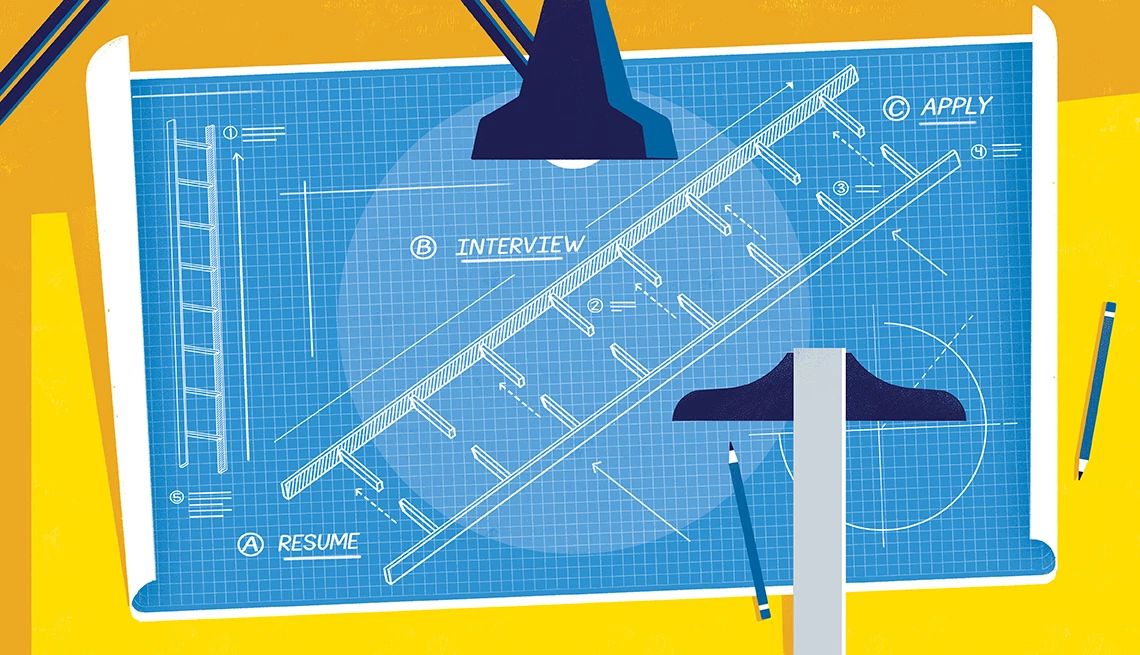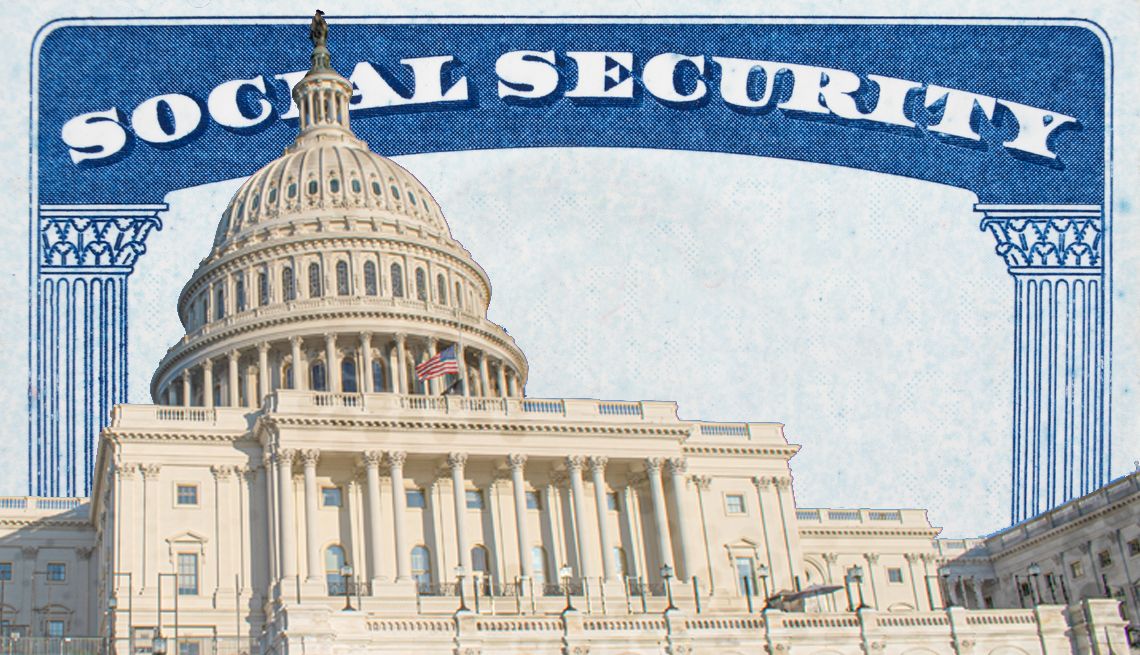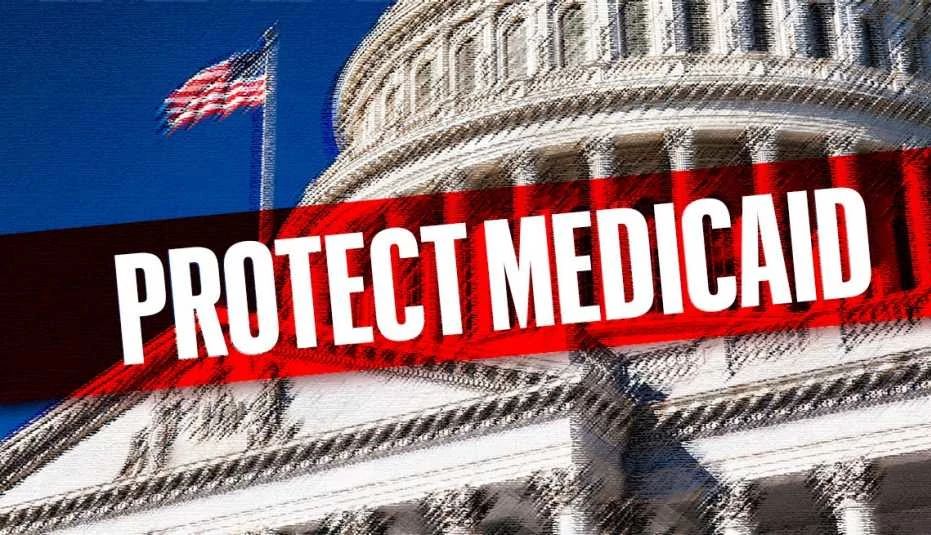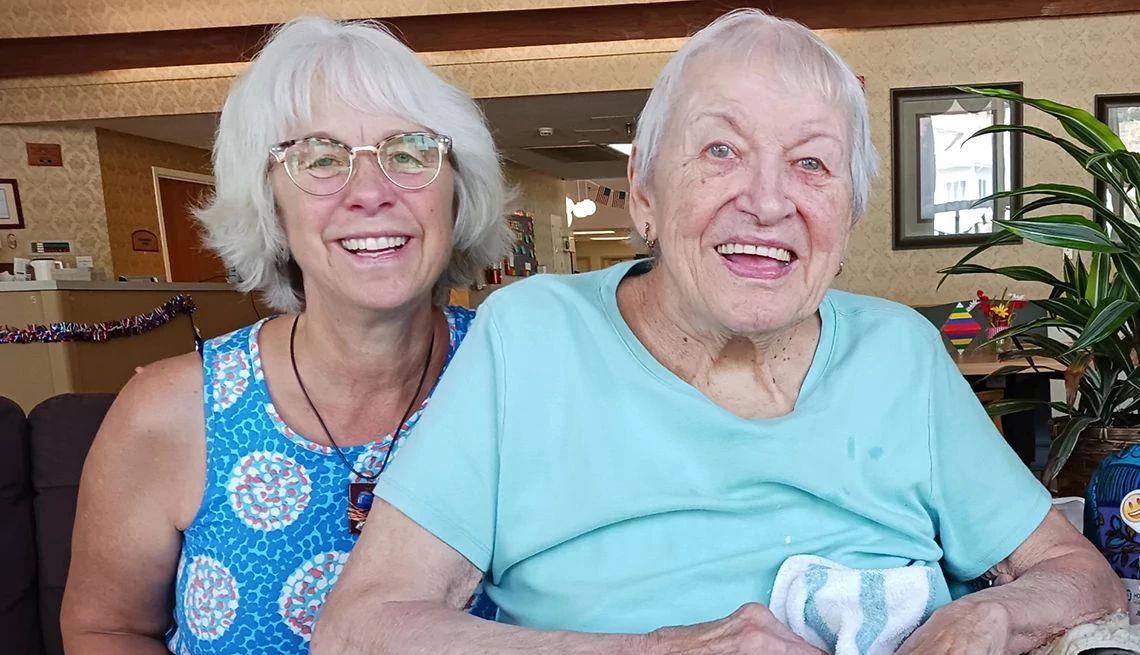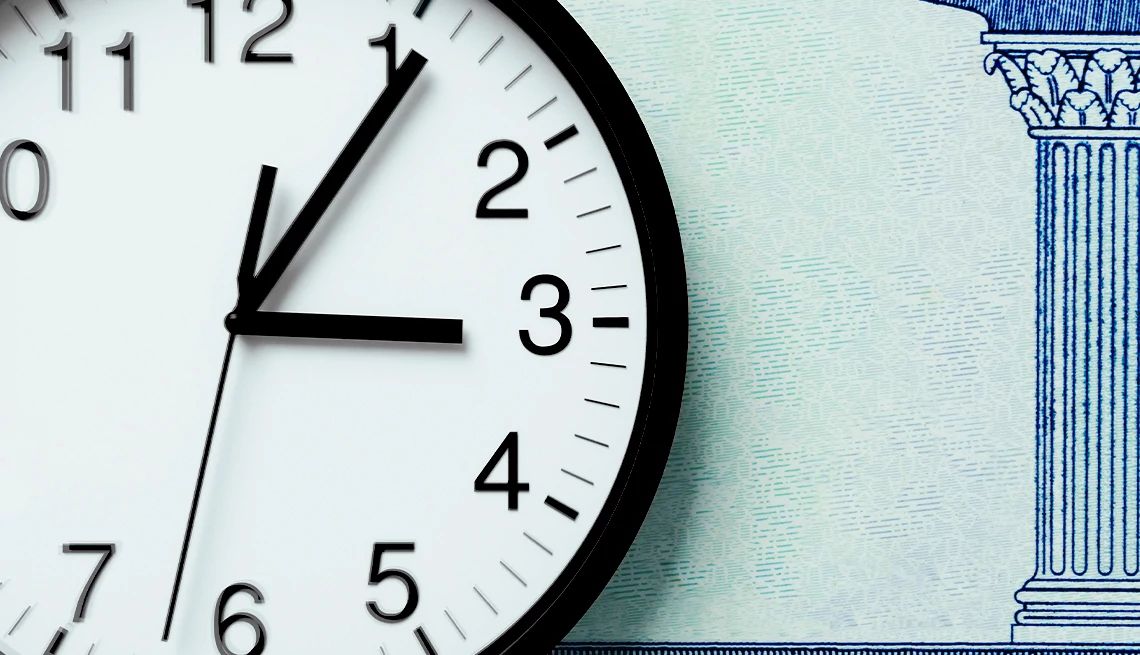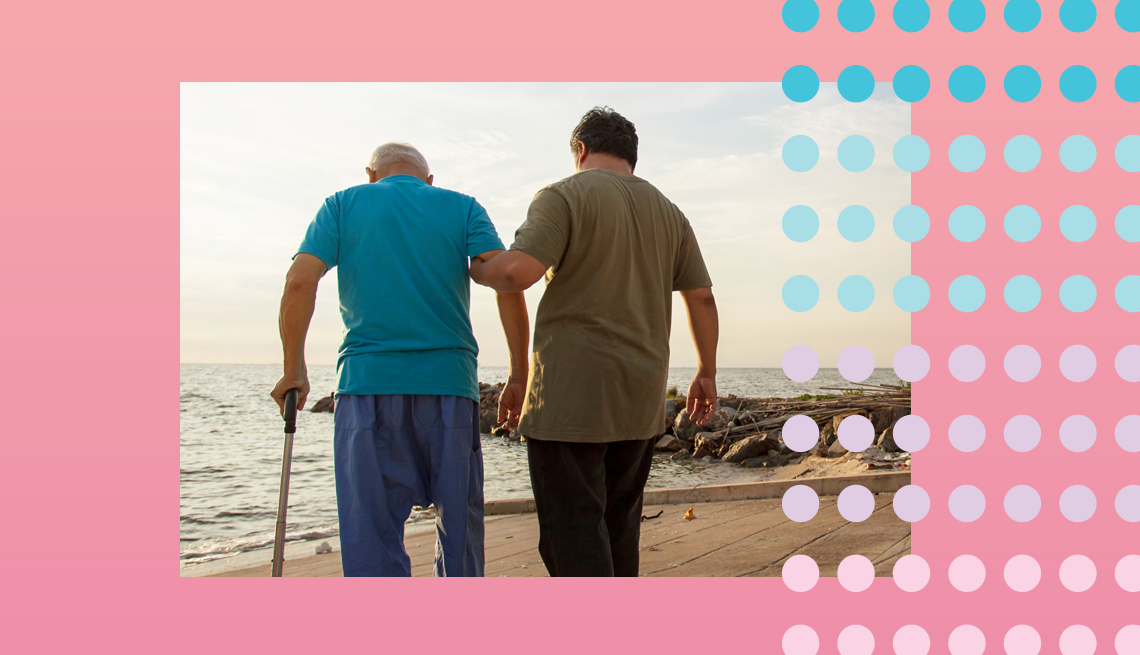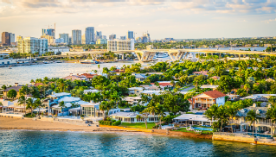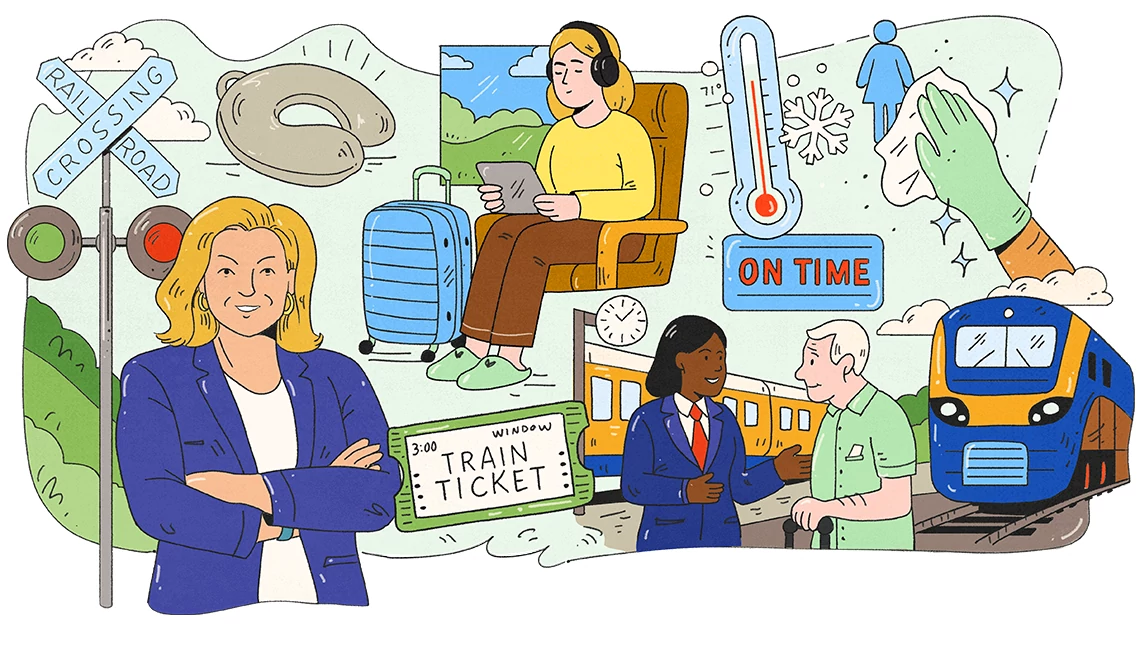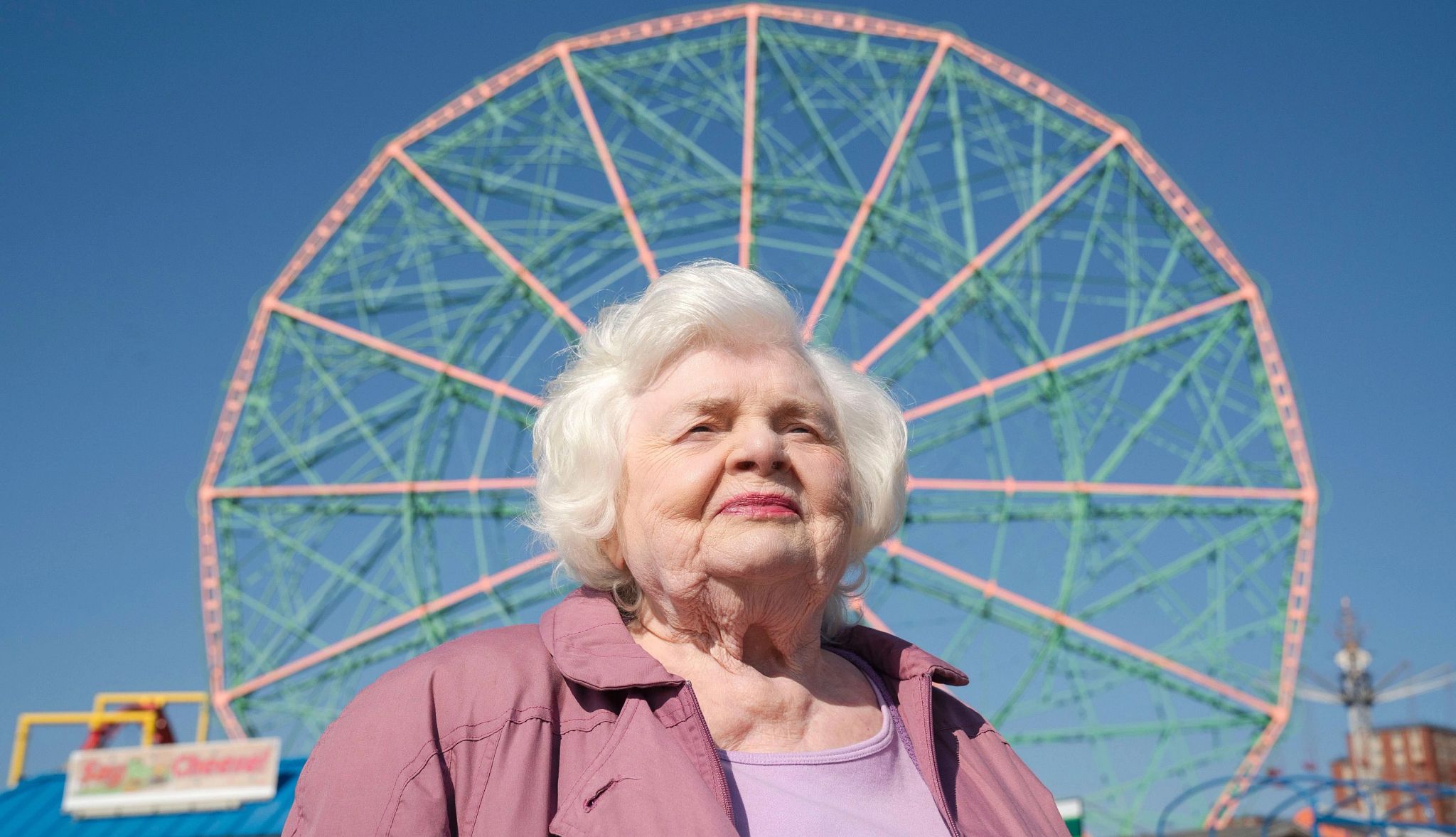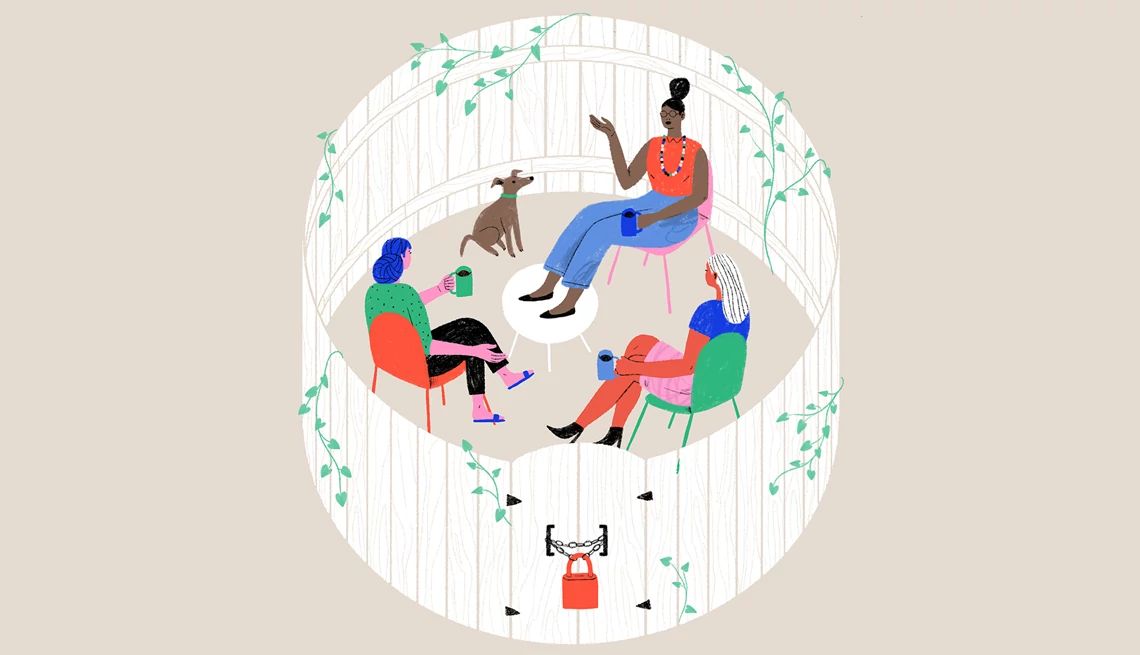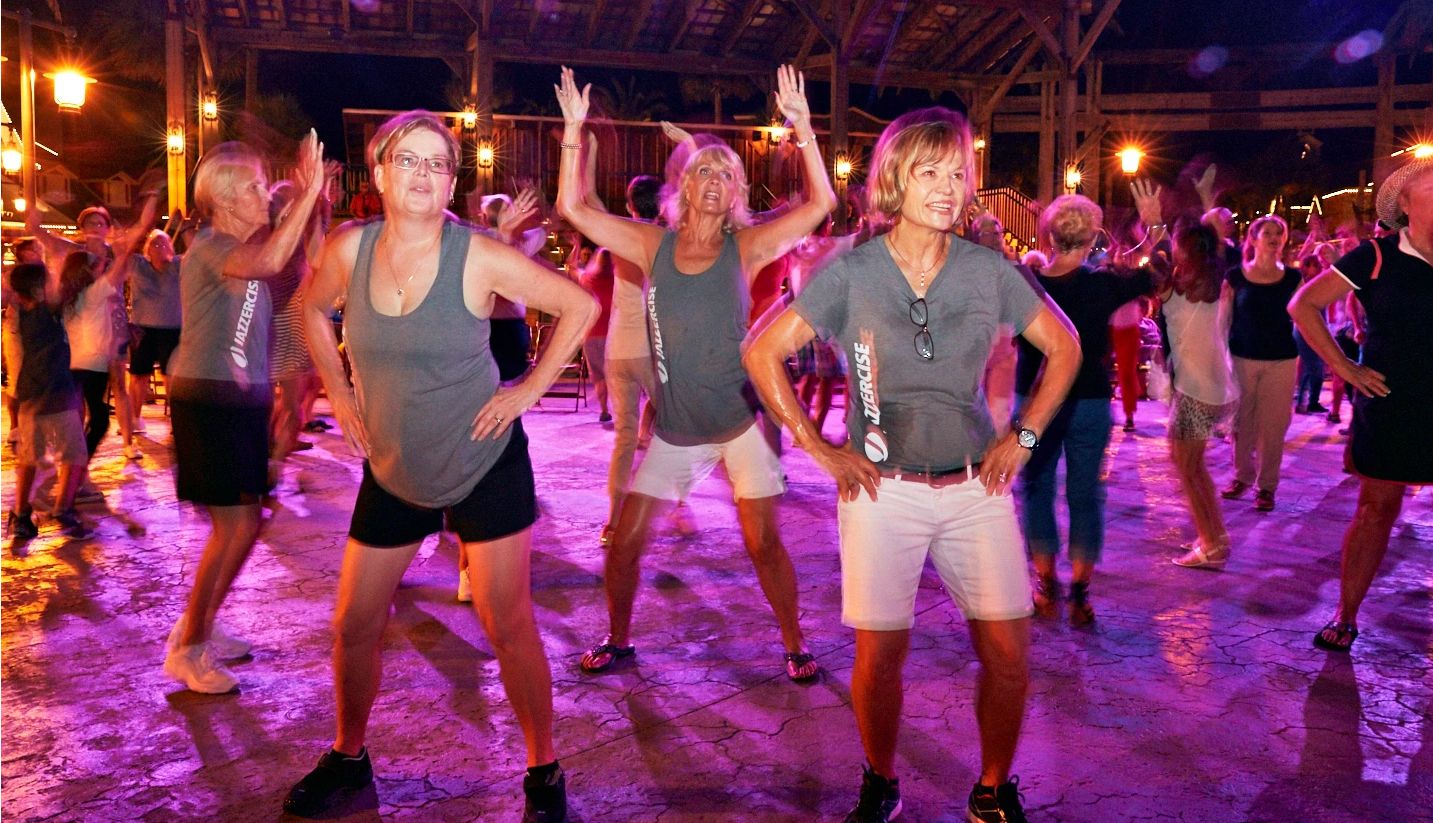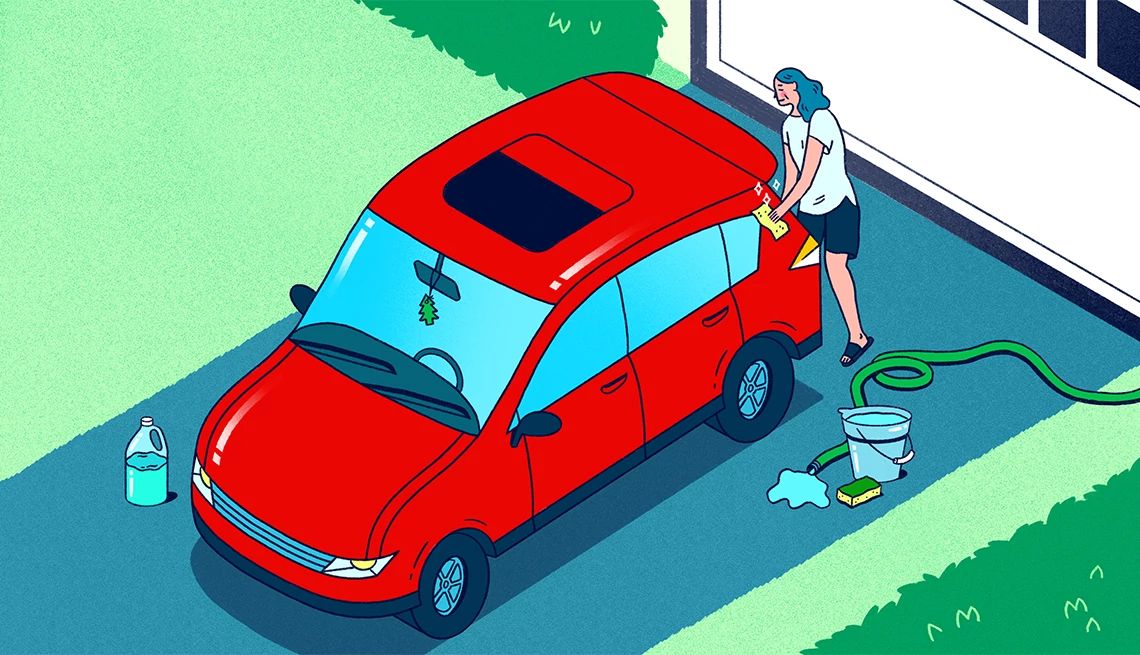AARP Hearing Center

For months, Arkia Wade tried to persuade a woman she drives to doctor appointments to join Sunday Suppers—a monthly gathering where dozens of older Baltimore County residents enjoy a meal and conversation.
Eventually, the woman came around. “She had so much fun,” says Wade, founder and executive director of Neighborhood Companions Inc., which hosts the dinners. “Now she’s like, ‘I’m never missing another event! Sign me up for everything!’ ”
Wade, whose nonprofit provides rides and companionship to people 60 and older, says she is enthusiastic about Maryland’s new multisector plan for aging, called Longevity Ready Maryland. The 10-year plan, scheduled to launch in July, emphasizes cooperation and resource sharing across government agencies, businesses and nonprofits.
Maryland is among a growing number of states creating such wide-ranging plans to identify the best ways to support their rapidly aging populations.
Today’s 5-year-olds are tomorrow’s 100-year-olds, says Carmel Roques, secretary of the Maryland Department of Aging. “We need to get them to that place as healthy, as financially secure, as socially connected and as purposeful as possible,” Roques says.
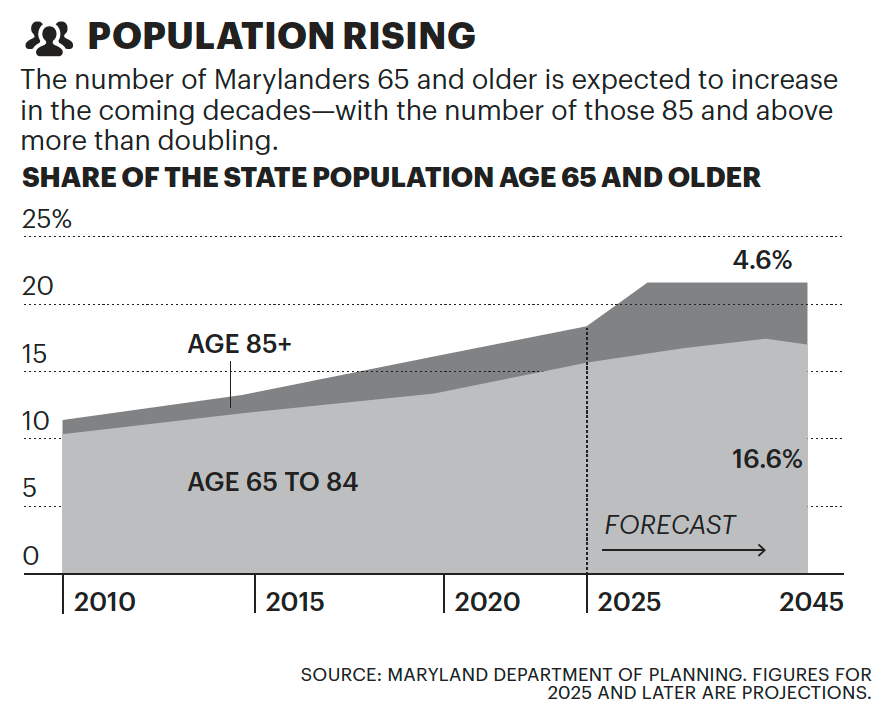
An estimated 1.5 million Marylanders are age 60 or over, state data shows. That demographic is expected to soon outnumber individuals 19 and under for the first time in the state’s history.
To address the growing needs of Maryland’s aging population, the state’s multisector plan looks at everything from access to housing and transportation, to support for family caregivers, to availability of home- and community-based services, to job training.
“How can we keep older people in the workforce? How can we reskill them?” Roques says.
Expanding access to services
The goals of the Longevity Ready Maryland plan include:
- Building a “longevity ecosystem” by creating supportive and inclusive communities for all ages and abilities.
- Promoting economic opportunity through a multigenerational workforce.
- Helping Marylanders afford longer lives through affordable housing, health care, financial literacy and long-term support services.
- Investing in programs that support healthy, active lifestyles and independence.
The plan also addresses racial and income disparities that affect life expectancy.
“Our plan is comprehensive and focuses on expanding access to critical care and services, promoting economic opportunities, and optimizing health and wellness for Marylanders across their lifespan,” Gov. Wes Moore (D) said in a statement to the Bulletin.
One immediate effort will be to increase awareness of Maryland Access Point, which offers one-stop online and phone access for people seeking long-term services and support, Roques says.
Since 2023, more than 100 people—including advocates and experts from state agencies, local governments, nonprofits and the private sector—took part in working groups to shape the plan.
“It really has to be a partnership to get this work done,” says Wade, with Neighborhood Companions. “Aging affects everybody.”
This spring, the state also held town halls to get public comment—including an AARP telephone town hall that drew more than 4,700 participants.
“When you look at the priorities within the plan, so much of it aligns with the AARP mission already,” says Jen Holz, AARP Maryland’s associate state director for outreach.
The state and AARP are urging Marylanders to read the plan and get involved with their own communities or on state committees.
If people are going to be living decades longer, it’s vital to restructure society so that it’s easier to go back to school or to change careers, Roques says.
Longevity Ready Maryland is centered around a core belief that individuals and society thrive when everyone has value and purpose as they age, she says.
Go to aging.maryland.gov/LRM to learn more. ■
Hilary Appelman, a New York-based writer, covers long-term care and other issues. She has written for the Bulletin since 2011.
More Maryland News




